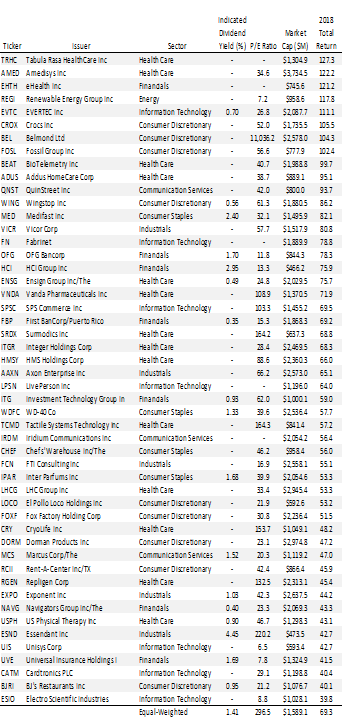
The opinions expressed in this article are those of the writer, subject to the Publishing Guidelines. InvestorPlace Research Staff member primarily responsible for this article did not hold (either directly or indirectly) any positions in the securities mentioned in this article. Louis Navellier did not have (either directly or indirectly) any other positions in the securities mentioned in this article. On the date of publication, Louis Navellier had a long position in ESEA and INTT. With the current raised profile of environmental sustainability, expect QRHC to have plenty of upside going forward. QRHC stock is up 131% in 2021 and its market cap has now reached $107.35 million. Its Quest Resource Management works with other companies to help them achieve zero waste goals, including landfill diversion goals. Quest Resource Holding Group is a national leader in waste and recycling services. They say that the two things you can count on are death and taxes.

Krishna suggests the reality has been different. Ironically, investors had flocked to small-caps earlier in the year, seeing them as insulated from a trade war. The earnings pressure on small-caps may have to do with the imposition of trade barriers in recent months, according to Venu Krishna, deputy head of U.S. Here, we look at seven high-potential small caps, and what t April 9. Calvasina recommended remaining on the sidelines for now, as small-caps enter what she expects to be a difficult earnings season.Ĭalvasina noted that in the second half of this year, 44% of Russell 2000 components have seen downward revisions to their 20 profit margin estimates, compared with 38% of S&P 500 companies, as labor and materials costs have risen. Small-cap growth stocks can be thick on potential, but thin in news updates and analysis.

Calvasina wrote in a report earlier this week that Russell 2000 futures positioning matched its previous December 2016 highs in September, and is still only half of the way back to previous lows.

Because of small-cap’s popularity among investors earlier in 2018, the trade had become exceedingly crowded in comparison to historical levels. This recent underperformance is set to continue, according to Lori Calvasina, equity analyst at RBC Capital Markets. That brings small-caps’ year to date decline to 4.4%, 3.7 percentage points worse than big companies. 1, the Russell 2000 has fallen 13.4% versus the S&P 500’s 8.9% loss. Things only got uglier for small-caps in October as the market slide grew more widespread.


 0 kommentar(er)
0 kommentar(er)
